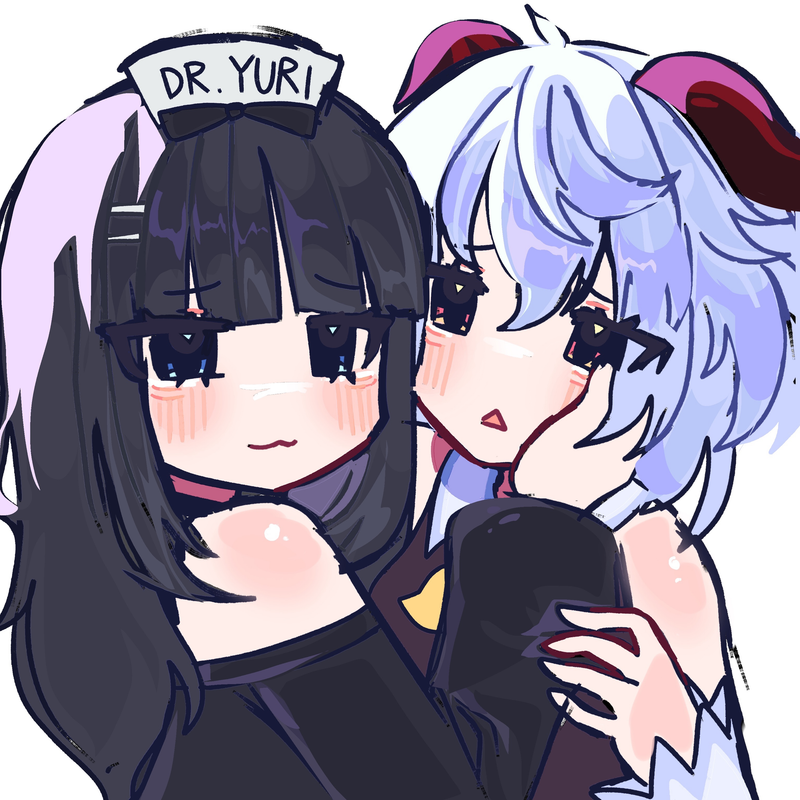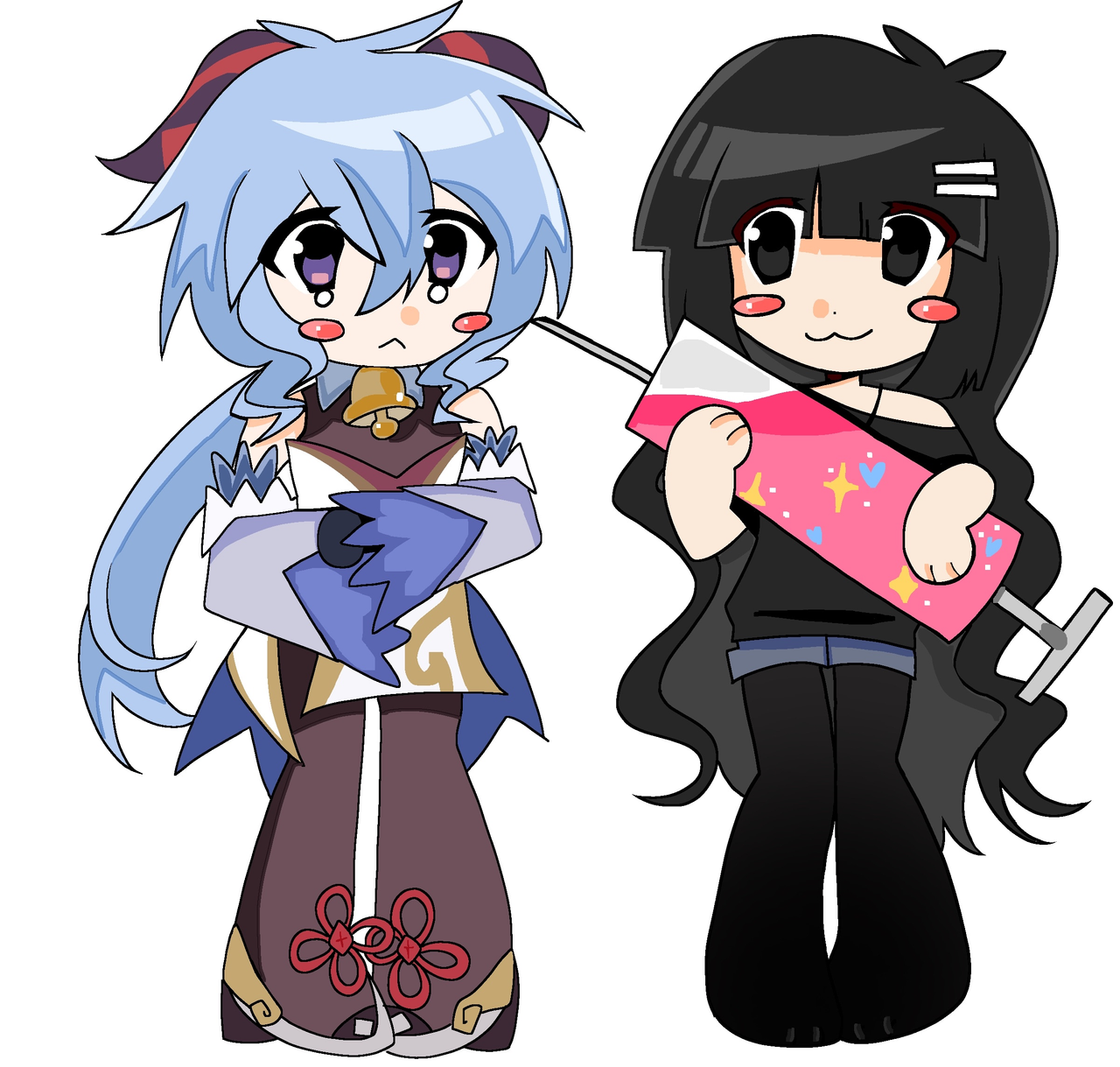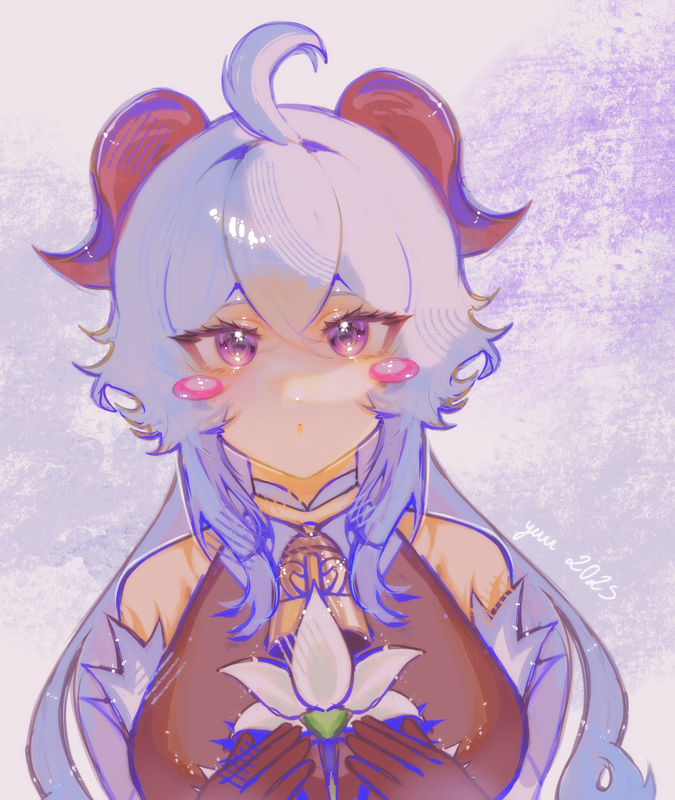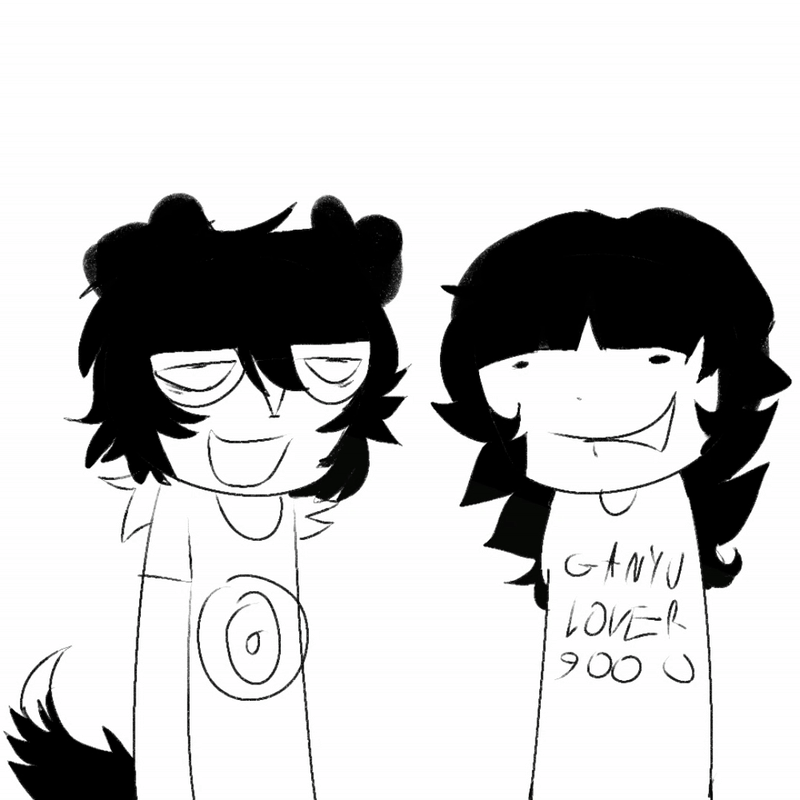

collect my seven rentrys to figure out all of my personal info
I am alice falling into a neverending rabbit hole of ups and downs mentally #POETRY. AKA. I kind of have small mood swings of energy.
can and will say slurs okay, i am just soo nonchalant bro
Do not involve me in discourse or ranting.. or venting.. or anything at all. Just leave me alone actually. I am Okay.
aroace femme, i dont even wanna date anyone bruh i just wanna have fun. i like to fondle my bffs butt hai reeseling
I enjoy yuri where two girls hurt and abuse eachother i need to be employed
Non-sharing Ganyu riako since 1/27/2021. Ganyu will be my wife 5ever, i lava you beautiful. GO MY YUMEARTLINGS.






NO DNI, I DONT CARE ABOUT ANYTHING BUT I WILL MAKE FUN OF YOU FOR BEING A FREAK
I am a pretty average person, not super mentally ill or evil. I just try to scare people off by larping on rentry. 🍭
I love my best friend Kei since forever and ever.. love you friend.... Little professoryaoi baby i want to HURT YOU.


sloppy jerkoff session at 10pm! no i joke. who wanna come play dandy world with me

